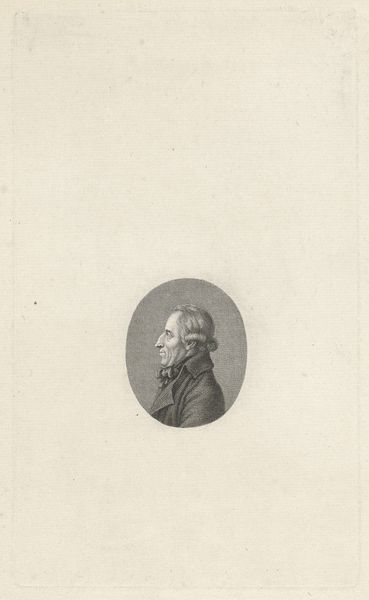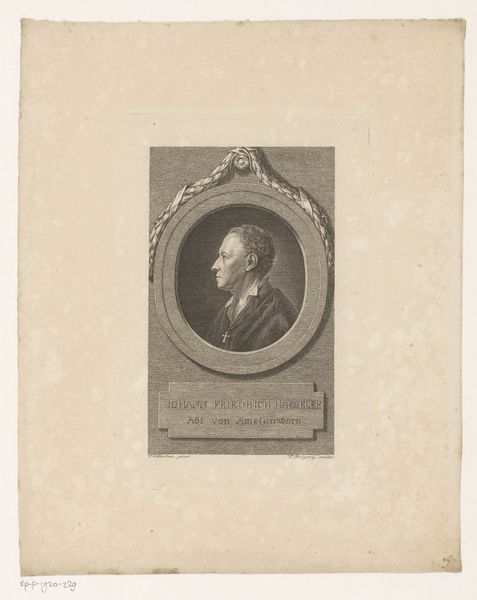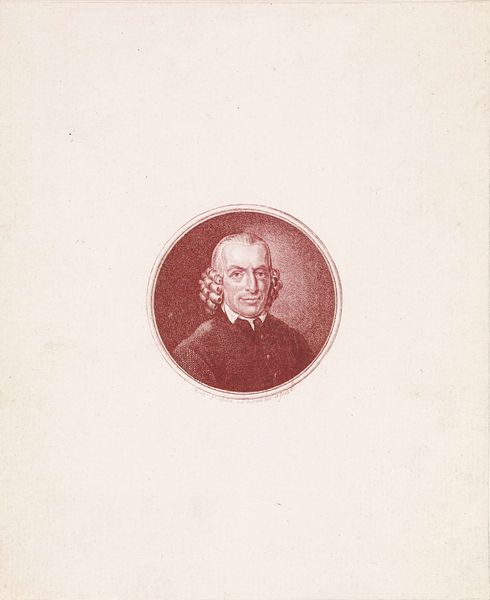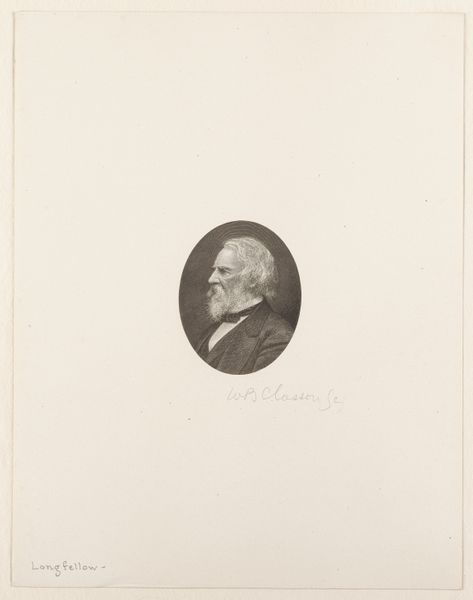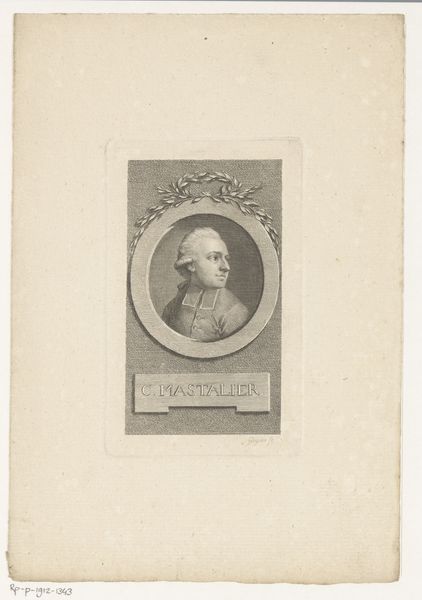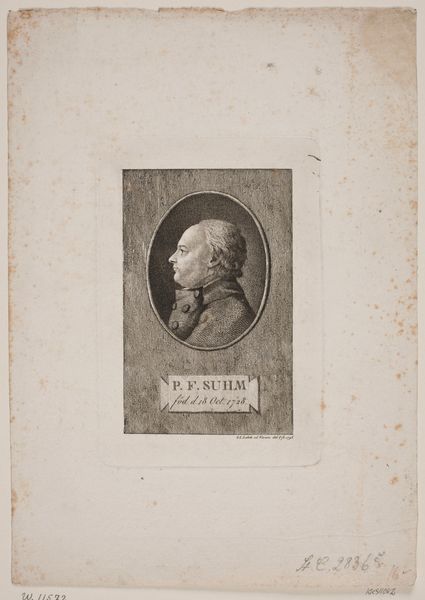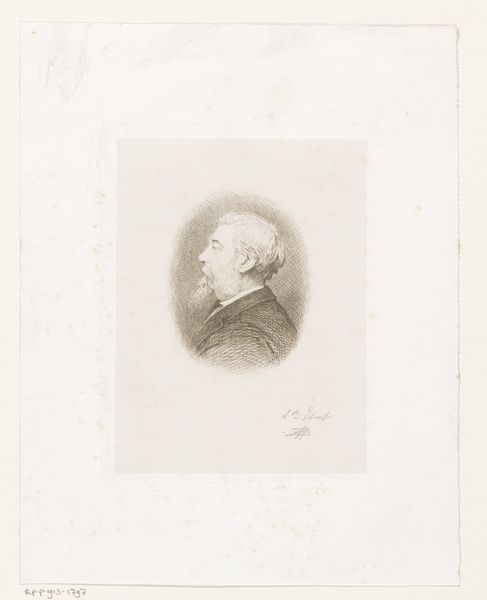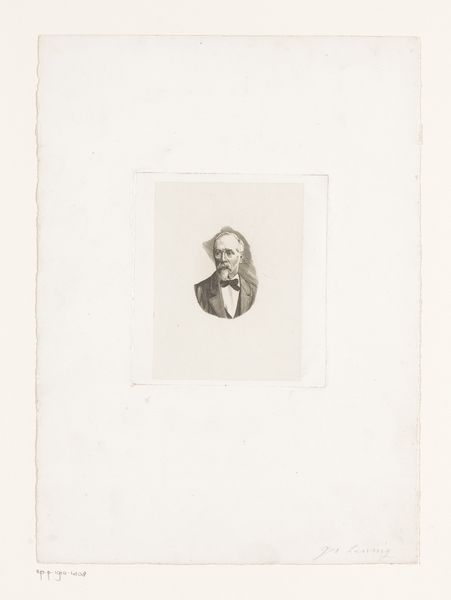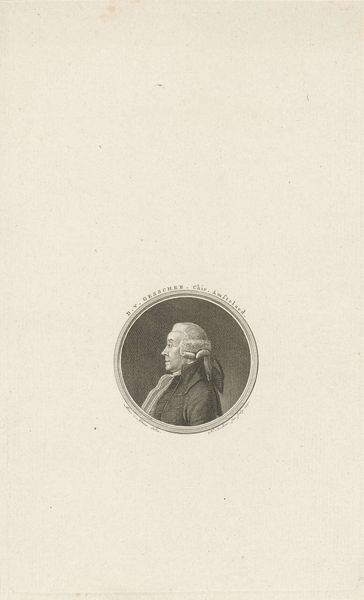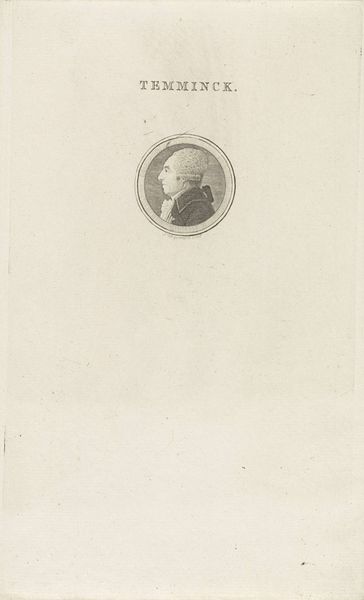
print, engraving
#
portrait
#
neoclacissism
# print
#
history-painting
#
engraving
Dimensions: height 93 mm, width 71 mm
Copyright: Rijks Museum: Open Domain
This portrait of Willem V was made by an anonymous artist using an engraving technique. Engraving is an intaglio process. The artist would have used a tool called a burin to carve lines into a metal plate, which would then be inked and printed onto paper. Look closely at the sharp, precise lines that define Willem’s features and clothing. These lines are not just marks on a page; they are the result of careful labor, a collaboration between the artist’s hand and the unyielding resistance of the metal. This process was particularly well-suited to mass production, making images more widely accessible. Unlike painting or sculpture, engraving allowed for the reproduction of images, democratizing access to art and information. The proliferation of engraved portraits like this one contributed to the construction of celebrity, allowing likenesses to circulate and shape public perception. Consider, then, the amount of work involved in its production, and the social and cultural significance of this relatively small object. It is through these material and processes that we gain a deeper understanding of its cultural value.
Comments
No comments
Be the first to comment and join the conversation on the ultimate creative platform.

